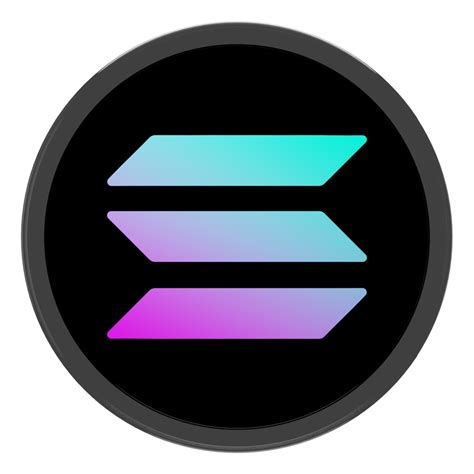Creating a Cryptocurrency Coin on Solana: A Step-by-Step Guide

As you embark on building your own cryptocurrency coin, it is essential that you understand the process and choose the right tools to get started. In this article, we will walk you through the steps of creating a Solana cryptocurrency coin, including the software requirements for each platform.
What is Solana?
Solana (SOL) is a decentralized, fast, and scalable blockchain platform that allows developers to create, deploy, and manage their own cryptocurrencies. It is built using Rust, a modern programming language, and uses the Solana SDK (Software Development Kit) to develop blockchain applications.
Choosing the Right Tools:
If you want to create a cryptocurrency coin on Solana, you need to choose the right tools and platforms. Here are some options:
- Solana Playground: A web-based platform that allows you to test and deploy your Solana code in real time.
+ Recommended IDE: Visual Studio Code (VS Code)
- Visual Studio Code (VS Code): An open-source, lightweight code editor developed by Microsoft. A popular choice for beginners and experienced developers alike.
- Ubuntu: A popular Linux distribution that comes with its own package manager, apt. You can install VS Code on Ubuntu using the official Ubuntu repositories.
Step-by-step guide:
Here is a step-by-step guide to building a cryptocurrency coin on Solana:
Step 1: Set up your development environment
- Install Visual Studio Code on Ubuntu (if you haven’t already).
- Install Node.js (version 14 or later) if you plan to use npm (Node Package Manager).
- Install the Solana CLI (Command-Line Interface) using npm:
npm install -g solana-cli
Step 2: Create a new project
- Clone the official Solana repository on GitHub:
git clone
- Locate the cloned directory:
cd solana
- Install dependencies:
npm install -D
Step 3: Configure Solana
- Create a new configuration file (
config.json) in the root directory of your project:
{
"rpcUrl": "
"networkId": 12345,
"chainId": 67890,
"key": "/path/to/private/key"
}
Replace ” with the URL of your API endpoint, “12345” with your network ID, and “/path/to/privatekey” with the path to your private key.
Step 4: Build your Solana program
- Create a new file for your Solana program (e.g. “index.rs”) and add the following code:
use solana_program::{
account_info::{next_account_info, AccountInfo},
entrypoint,
message,
program_error::PrintProgramError,
pubkey::Pubkey,
};
entrypoint! {
pub fn main() -> Result<(), PrintProgramError> {
// Import the required libraries and dependencies
Using std::env;
let account_info = next_account_info();
// Get the sender's public key
let public_key = &account_info.public_key().unwrap();
// Add your own logic to deploy the coin
OK(())
}
}
Replace the word “main” with your actual program code. This example shows how to get the sender’s public key from the account_info website and add it to your own logic.
Step 5: Install Solana
- Create a new file for your deployment configuration (e.g.
deploy_config.json) and add the following code:
“` json
{
“rpcUrls”: [“
